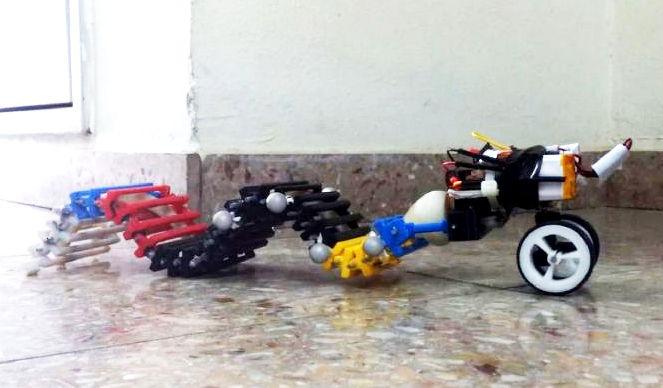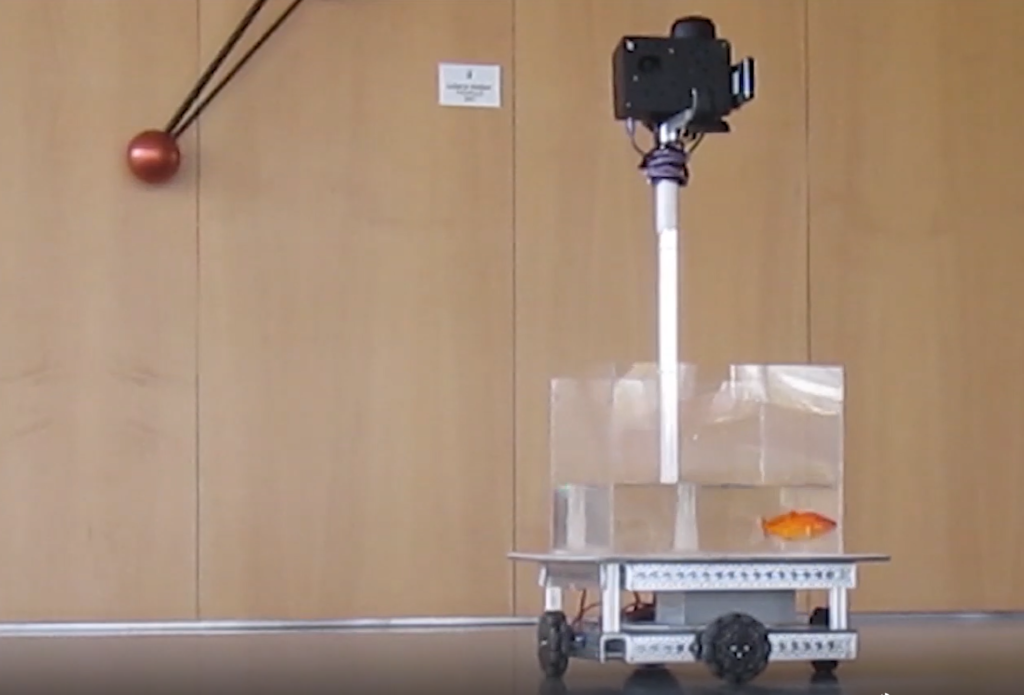
The Ingestible Snake Robot That Could Save Your Life
The Ingestible Snake Robot That Could Save Your Life
March 30, 2017
Medical Research, Robotics & High-Tech
Live Science — A tiny, swallowable robot that snakes its way through the small intestines could one day be used to actively visualize the digestive system.
The robot, called SAW (single actuator wave-like robot), moves in a wave-like motion and can travel through the extremely squishy environment of the small intestine.
“The external shape of the robot is a 2-D projection of a rotating helix,” says one of SAW’s inventors, Prof. David Zarrouk of BGU’s Department of Mechanical Engineering and head of the Bio-Inspired and Medical Robotics Lab.
“We can simply reverse the direction by reversing the direction of the rotating motor.”
SAW’s creators wanted to create an ingestible robot that could carry a camera through the small intestine, which could ultimately be used for colonoscopies.
While there are pill cameras that can reach the small intestine, they float passively through the digestive system, meaning they typically take 12 hours to travel its entirety. What’s more, pill cameras can sometimes get stuck at certain points in the intestines, and cannot take tissue samples.
Initially, the researchers created an inchworm-like robot that crawled through tight spaces, but found it wasn’t ideal for traveling through serpentine lengths of the intestines.
So, the team looked for inspiration in the natural world. Snakes move in a smooth, undulating wave that, they reasoned, could be used to quickly cover large distances. In the end, they settled on a fairly simple design that used just one motor and was based on a rotating helix.
The snake-like robot is made from a set of interlocking 3-D-printed “plastic” pieces. In tests, they can move incredibly fast and can cross a wide array of terrain, from water to rough, rocky soil.
So far, the BGU team has made simple mockups using 3-D printers and a plastic-like material that would be unsuitable for true biological applications. They also have to make sure it wouldn’t get stuck in the curvy portions of the intestines and that the robot can climb upward at the points where the intestines snake up.
“One possible material would be biocompatible latex, which is a flexible but durable material,” says Prof. Zarrouk.
The robot is currently much bigger than the small intestine, but because it is 3-D printed shrinking it to a size that could be swallowed by a human is relatively straightforward.
“In theory, if the robot is small enough and doesn’t disintegrate, there is no significant risk,” says Prof. Zarrouk.
Once they have miniaturized the robot and made it out of safe materials, the team can begin to test it in living creatures such as pigs. In the long run, the team envisions the robot would hold a camera, small cutting tools to conduct remote biopsies, and even a tool to cauterize damaged tissue to stop bleeding.
This post is excerpted from a story by Tia Ghose, who participated in Americans for Ben-Gurion University’s 2017 Murray Fromson Media Fellowship.




